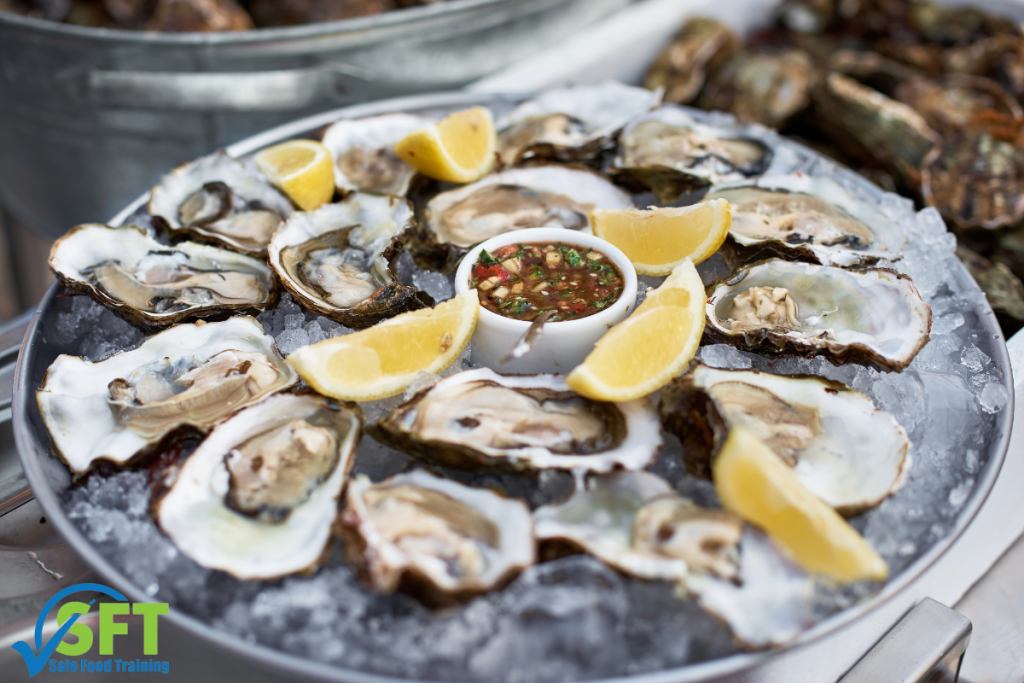As a certified food protection manager in Minnesota, you understand the constant challenge of keeping your menu fresh and engaging. With the turning of the seasons, an opportunity arises not just to update your offerings but to energize diners and improve your operation. This isn’t just a feeling; Technomic research shows that 59% of consumers are more likely to purchase a menu item if it’s described as ‘seasonal’. However, launching a seasonal menu isn’t as simple as just printing a new page. It requires careful planning and a deep understanding of food safety. This is your chance to meet diner expectations while managing costs and ensuring compliance.
A seasonal menu transition, whether in a school cafeteria, a restaurant, or a catering business, affects every part of your operation. It’s a project that requires a manager’s oversight to ensure it’s rolled out safely and profitably.
1. Master Food Code Compliance for New Ingredients

Before a single new ingredient enters your kitchen, your first responsibility is compliance. It’s easy to assume that your existing ServSafe or other training covers everything, but new products—especially specialty seasonal items—can introduce new risks. Taking the time to review the Minnesota Food Code is not just recommended; it’s essential for protecting your customers and your establishment.
Understand Specific Handling Requirements
- Why: Different foods have different critical control points. You can’t handle fresh, unpasteurized cider the same way you handle pasteurized juice, nor do wild-foraged mushrooms have the same receiving protocols as commercially grown ones.
- Example: Your team must receive training on proper receiving temperatures, shucking procedures, and how to maintain and log shellfish tags to prevent risks such as vibriosis when adding fresh oysters or mussels to a spring menu.
- Example: Introducing game meats like venison or bison? These may have different sourcing, preparation, and cooking temperature guidelines than standard beef or pork, You must train your staff to handle them.
2. Strategically Adjust Your Inventory and Par Levels
A seasonal menu change directly affects your bottom line by influencing inventory management. Introducing new items and phasing out old ones can lead to significant food waste and shortages if not planned correctly. Waste is a critical cost center, and seasonal changes are a high-risk time for it. Careful adjustment of your product inventory is crucial for profitability.
Prevent Costly Waste
- Why: Failing to adjust your ordering pars means you’ll be left with cases of ingredients for dishes you no longer serve. This is a direct hit to your food cost percentage. Conversely, under-ordering a popular new item leads to sold-out dishes and disappointed customers.
- Example: As you plan your new menu, identify ingredients that can be cross-utilized. A seasonal item like asparagus could be a blanched side, a soup base, and a shaved salad ingredient, ensuring you use your full order.
- Example: If a hearty winter stew is being replaced by a light spring soup, you must create a plan to use up the remaining root vegetables and heavy stocks before the new menu launches. Run them as a special or feature them in a staff meal.
3. The Certified Food Protection Manager’s Secret: The Test Run



Finally, never launch a new menu blind. A gradual rollout is the safest way to ensure both your kitchen staff and your diners are ready for the change. A “test run” provides invaluable data and reduces the stress of a hard launch, allowing your team to execute new dishes flawlessly and safely.
Gauge Diner Interest
- Why: What you think will be a best-seller might not resonate with your customers. Testing a dish as a weekend special gives you real-world sales data before you commit to printing it on the menu and ordering ingredient cases.
- Example: Run your new ‘Spring Pea Risotto’ as a Friday/Saturday special. If it sells out both nights and you get great feedback, it’s a winner. If it barely moves, you’ve saved yourself the cost and hassle of a failed menu item.
Assess Kitchen Workflow
- Why: A new dish might look great on paper but be a nightmare for your line cooks during a busy service. Does it require a complex new procedure? Does it slow down ticket times? You must find this out before you’re in the weeds on a Friday night.
Rotating your menu seasonally is a powerful strategy to stay relevant and exciting. But for the professional Certified Food Protection Manager, it is also a complex project that balances creativity with rigorous safety and cost-control standards. By prioritizing food code, managing inventory, and testing your new items, you set your team up for a successful and safe transition.
Get Your Food Manager Certification in Minnesota
Ensuring you and your team are prepared for any menu change starts with the right training. Whether you need your initial Certified Food Protection Manager certification or are due for your 3-year recertification, we have the course for you.
Sign up for a Safe Food Training class today to help your team meet Minnesota food safety standards.






